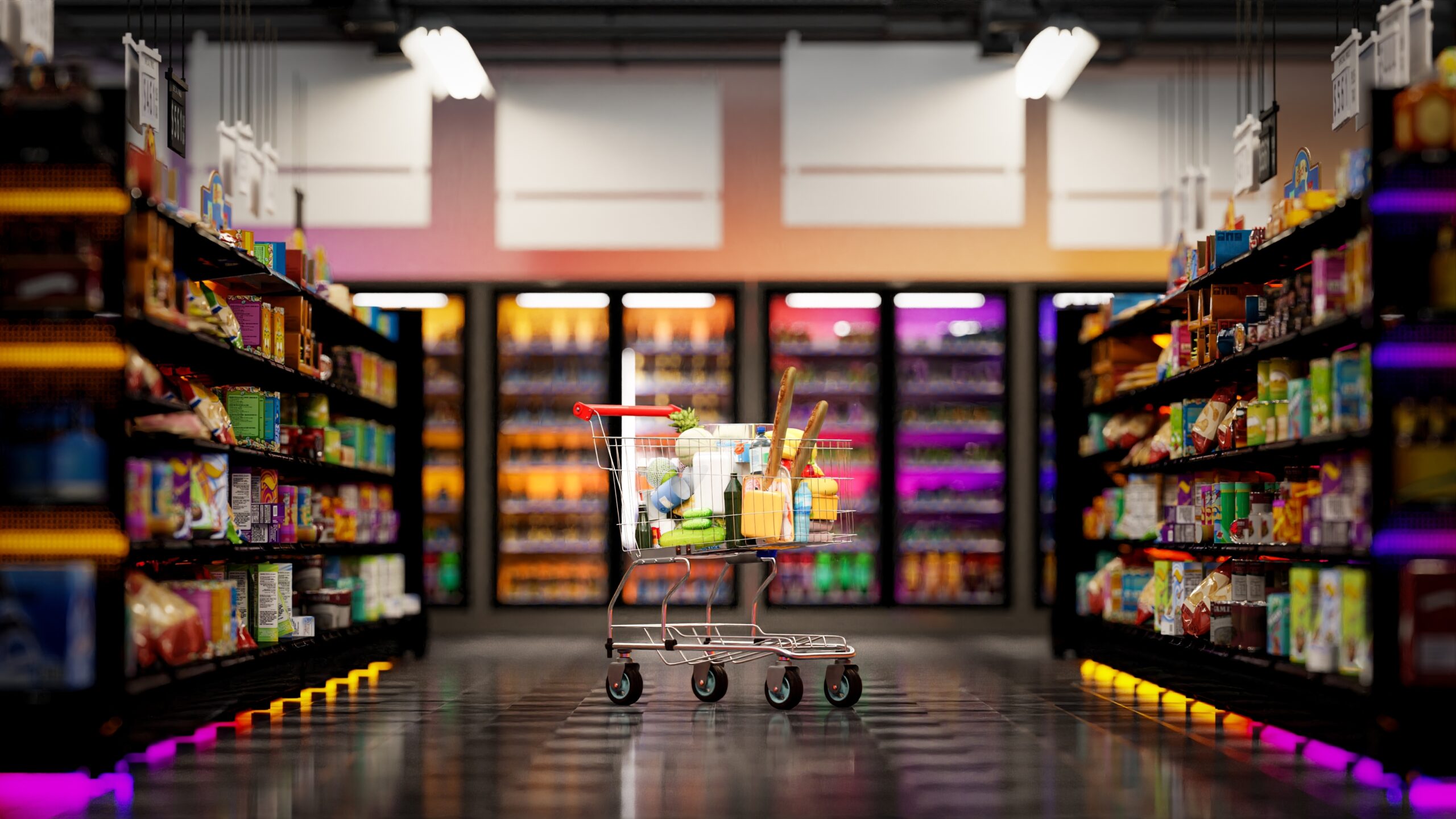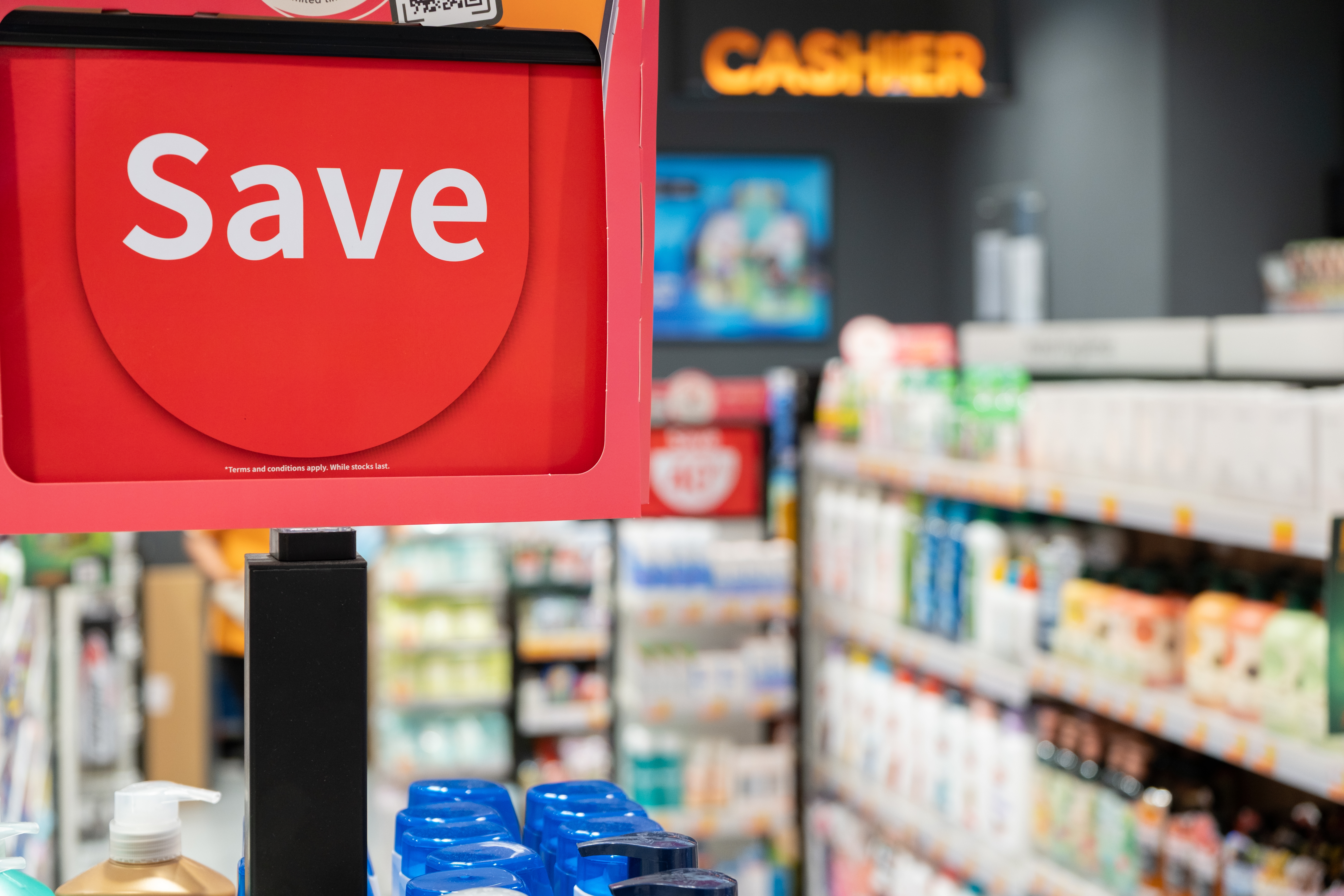For shoppers, rising food costs is a frustrating reality; for grocery chains, it’s an ongoing challenge. Consumers are more budget-conscious than ever, reevaluating what goes into their baskets and where they shop. At the same time, grocers face rising operational costs, from supply chain disruptions to labor shortages, making profitability harder to achieve.
This leaves grocery chains in a precarious position: How do you stay competitive in a saturated market while maintaining financial growth? The answer lies in smarter strategies that maximize efficiency, cut waste, and enhance customer loyalty, all without raising prices. By rethinking traditional methods, grocery chains can not only protect their margins but also foster long-term growth and trust with their customers.
Ready to dive into actionable solutions? Let’s explore the strategies that can transform challenges into opportunities.
The Price Sensitivity Problem
Raising prices might seem like the quickest way to boost profits, but it’s also the fastest way to lose customers. For many households, groceries aren’t just another expense; they’re a barometer of financial stability. Rising prices at the grocery store can feel like an erosion of purchasing power, sparking frustration and a sense of insecurity. Consumers today are more likely to switch stores or brands to protect their budgets. A recent survey found that 74% of shoppers compare prices across different retailers before making a purchase, and nearly 40% visit at least two stores weekly to save money.
When grocery chains increase prices, they risk driving shoppers into the arms of competitors or discount stores such as Aldi or Walmart that are perceived as offering better value. Loyalty can quickly dissolve when customers feel they’re not getting the best deal—especially when they’re already feeling the pinch in other areas of their finances.
For grocery stores, the message is clear: While raising prices might boost short-term profits, it risks alienating shoppers in the long run. To maintain loyalty and profitability, chains must find innovative ways to increase margins without making customers feel like they’re being squeezed.
Strategies to Boost Profit Margins Without Raising Prices
In a competitive grocery market, maintaining profit margins without raising prices requires creativity, efficiency, and a focus on customer loyalty. Below are strategies grocery chains can use to navigate economic challenges and foster sustainable growth, backed by real-world examples of success.
1. Optimize Supply Chain Efficiency
Overstock and spoilage are significant profit-drainers, and solving these issues can dramatically improve the bottom line. Grocery giant Walmart has turned to AI-driven demand forecasting systems to optimize its inventory. By leveraging this technology, Walmart is able to reduce food waste, cutting costs while aligning with consumer demand for sustainability.
Negotiating better terms with suppliers is another way to reduce expenses. Long-term contracts can protect against price fluctuations, while partnering with local suppliers not only cuts transportation costs but also appeals to customers who prioritize locally sourced products. For example, Kroger collaborates with regional farmers to keep supply chains short and costs low, benefiting both the company and its shoppers.
2. Leverage Private-Label Brands Strategically
Private-label brands can be a goldmine for grocery chains, offering significantly higher margins than national brands while allowing retailers to control pricing and marketing. Aldi’s success is a standout example: 80% of its sales come from private-label products, a strategy that has enabled the chain to offer competitive prices while achieving impressive profitability.
Trader Joe’s has similarly mastered the art of private-label branding, with nearly 70% of its total sales coming from products under its own label. By presenting its private-label items as exclusive, high quality, and often unique, Trader Joe’s has built a loyal customer base that equates value with trust. Other chains can replicate this success by offering specialized options such as organic, gluten-free, or gourmet private-label products to cater to niche markets.
Targeted marketing is also key. Safeway, for instance, uses personalized offers in its Just for U app to promote its private-label organics line to shoppers with the greatest affinity.
However, it’s important to strike a balance. Although a store that has a focus on private-label brands can work, it has to be done right in order to avoid risks.
3. Upsell and Cross-Sell Smartly
Grocery chains can significantly boost basket sizes by bundling complementary items into attractive deals. Kroger’s “Buy 5, Save $5” promotion is a prime example of this strategy in action. By encouraging customers to add just one or two more items to their cart, Kroger increases total sales while maintaining customer satisfaction.
Strategic product placement also plays a critical role. High-margin products such as premium snacks and private-label items should take up prime real estate on endcaps and at eye level on shelves. This simple adjustment can lead to increased impulse buys.
4. Invest in Technology for Cost Savings
Investments in technology can lead to immediate and long-term savings. Self-checkout systems are one example, reducing labor costs while improving efficiency. Implementing self-checkout systems can free up employees to focus on customer service and other in-store tasks.
Energy-efficient upgrades are another area ripe for savings. Walmart has taken the lead here, installing LED lighting and energy-efficient refrigeration systems across its stores. These changes have significantly reduced electricity costs while aligning with the company’s sustainability goals, earning both financial and public relations benefits.
5. Enhance the Customer Experience
A positive customer experience, one of the most important factors in creating loyal customers, is essential for sustained profitability, and grocery chains can leverage digital tools to keep shoppers coming back. In today’s market, shoppers are looking for more than just convenience—they want a personalized, seamless experience that makes them feel valued. By utilizing loyalty programs with personalized offers, digital coupons, and targeted promotions based on purchase history, grocery stores can create a sense of exclusivity that strengthens the customer relationship.
Convenience is another key driver of loyalty. Grocery chains can capitalize on the demand for curbside pickup and home delivery by offering these services for a nominal fee. Not only do these options provide additional revenue, but they also improve the overall shopping experience, keeping customers loyal. Stores can streamline these services by investing in real-time tracking tools and efficient pickup systems, ensuring that every customer interaction is as smooth as possible.
6. Expand Nontraditional Revenue Streams
Grocery stores aren’t just places to buy food; they can also serve as platforms for community engagement and alternative revenue streams. Many chains, including Whole Foods, partner with local artisans and food producers, renting out shelf space or hosting pop-up shops in-store. As well as bringing in additional income, this creates a unique shopping experience that differentiates the store from competitors.
In-store advertising is another untapped opportunity. By offering digital advertising space on endcaps or checkout screens, grocery stores can generate additional revenue while helping brands reach a captive audience. This strategy has been particularly successful in high-traffic locations like Walmart, where such initiatives have become a steady source of income.
7. Focus on High-Margin Categories
Prepared foods and grab-and-go meals are among the highest-margin items in grocery stores. Publix has demonstrated the potential of this category with its extensive hot and cold bar options, which attract time-strapped shoppers looking for convenient meal solutions.
By implementing these strategies and learning from industry leaders, grocery chains can increase profitability without raising prices. The key is to think beyond traditional tactics and embrace innovation that benefits both the business and the customer.
Making the Right Choice the First Time with InContext
Amid today’s razor-thin profits, grocery chains can’t afford costly trial-and-error approaches to boost profitability. Every decision carries weight. A misstep in marketing, inventory, or product placement can mean wasted resources and missed opportunities. So how do you cut straight to the right solution?
You test.
At InContext, we specialize in helping grocery chains and brands make the right choices the first time. Our virtual testing solutions allow you to explore new ideas with impressive real-world correlation rates, so you can confidently implement winning test strategies. Whether it’s product placements, new private label offerings, or innovative customer experiences, our technology delivers actionable insights that save time, reduce risk, and maximize profits.
Grocery chains have used InContext’s tools to test shelf placements and endcap designs before making changes across hundreds of locations. By doing so, we’ve eliminated guesswork and avoided expensive in-store mistakes. Imagine knowing exactly how a new product bundle or shelf arrangement will perform—before it ever reaches your store floor.
Ready to boost profits without raising prices? InContext can help you find the right path for your business. Contact us today to learn how our solutions can transform your decision-making and ensure every move counts.
With InContext, there’s no need to gamble on your next big idea. Test it. Perfect it. Then make it happen.





